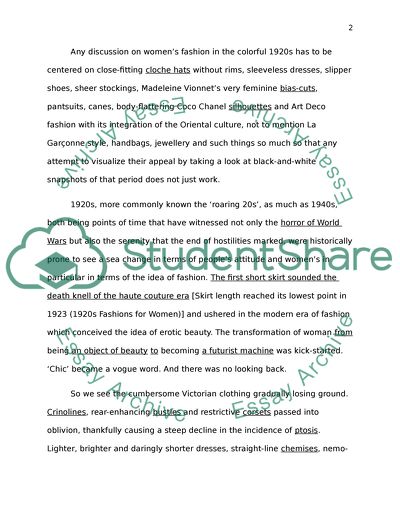Cite this document
(“How did women's fashions change in the 1920's Have these styles Research Paper”, n.d.)
Retrieved from https://studentshare.org/family-consumer-science/1419542-how-did-women-s-fashions-change-in-the
Retrieved from https://studentshare.org/family-consumer-science/1419542-how-did-women-s-fashions-change-in-the
(How Did women's Fashions Change in the 1920'S Have These Styles Research Paper)
https://studentshare.org/family-consumer-science/1419542-how-did-women-s-fashions-change-in-the.
https://studentshare.org/family-consumer-science/1419542-how-did-women-s-fashions-change-in-the.
“How Did women's Fashions Change in the 1920'S Have These Styles Research Paper”, n.d. https://studentshare.org/family-consumer-science/1419542-how-did-women-s-fashions-change-in-the.


